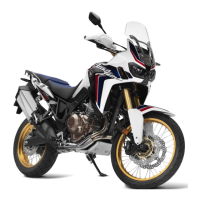
Do you have a question about the Honda Africa Twin CRF1000 2017 and is the answer not in the manual?
| Displacement | 998 cc |
|---|---|
| Horsepower | 94 hp |
| Bore x Stroke | 92.0 mm x 75.1 mm |
| Compression Ratio | 10.0:1 |
| Fuel System | PGM-FI electronic fuel injection |
| Ignition | Full transistorized ignition |
| Final Drive | Chain |
| Front Tire | 90/90-21 |
| Rear Tire | 150/70-18 |
| Fuel Capacity | 4.97 gallons |
| Engine Type | Liquid-cooled, 4-stroke, 8-valve, parallel-twin |
| Max Power Output | 70 kW @ 7, 500 rpm |
| Torque | 98 Nm @ 6, 000 rpm |
| Transmission | 6-speed |
| Front Suspension | 45mm inverted telescopic fork |
| Rear Suspension | Pro-Link with gas-charged damper, 220mm travel |
| Front Brake | Dual 310mm wave disc with 4-piston calipers |
| Rear Brake | 256mm hydraulic disc with ABS |
| Wheelbase | 62.0 inches |
| Seat Height | 34.3 / 33.5 inches (adjustable) |
| Wet Weight | 228 kg (503 lbs) |
| Curb Weight | 228 kg (503 lbs) |
| Kerb Weight | 511 pounds |
| Traction Control | Selectable Torque Control (HSTC) |
Essential practices for enhancing rider safety and awareness during operation.
Explanation of symbols and meanings on safety labels for hazard identification.
Guidelines for safe riding, including protective apparel and visibility.
Advice on proper riding techniques, running-in, and conditions.
Warnings and advice on adding accessories or modifying the motorcycle for safety and legality.
Specific safety advice and considerations for riding the motorcycle off-road.
Guidelines for safely carrying luggage and cargo on the motorcycle to maintain stability.
Procedure to verify all dashboard indicators and displays function correctly before riding.
Explanation of the tachometer red zone, fuel gauge, and speedometer functions.
Descriptions of various dashboard indicator lights and their meanings for system status.
Identification and function of various handlebar and ignition switches for motorcycle operation.
Why regular maintenance is crucial for safety, performance, and investment protection.
Recommended service intervals and tasks for ensuring safe, dependable performance.
Essential checks to perform before riding the motorcycle to ensure safety and prevent inconvenience.
Information on checking, adding, and changing engine oil for proper lubrication and engine health.
Inspection, cleaning, lubrication, and adjustment of the drive chain for optimal performance.
Inspection and maintenance of wheels, rims, and spokes for safe motorcycle operation.
Checking and adjusting the clutch lever freeplay for proper engagement and wear.
Steps to diagnose and resolve issues when the engine fails to start, including HISS indicator problems.
Procedure to follow if the engine's coolant temperature is too high, including fan operation checks.
Explanations for various warning lights like oil pressure, PGM-FI, ABS, and torque control.
Guidance on dealing with tyre punctures and wheel removal procedures.
Troubleshooting common electrical issues such as dead batteries, blown fuses, and light bulb replacement.


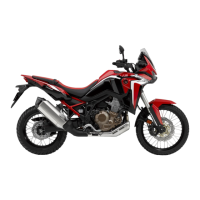


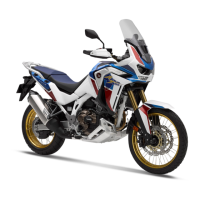
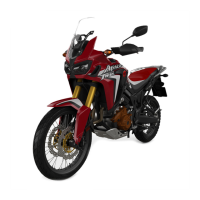
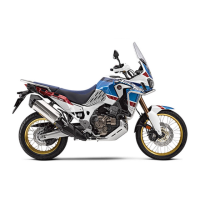
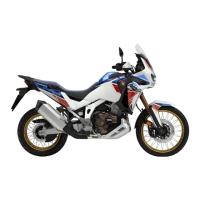

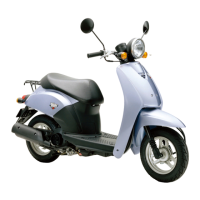
